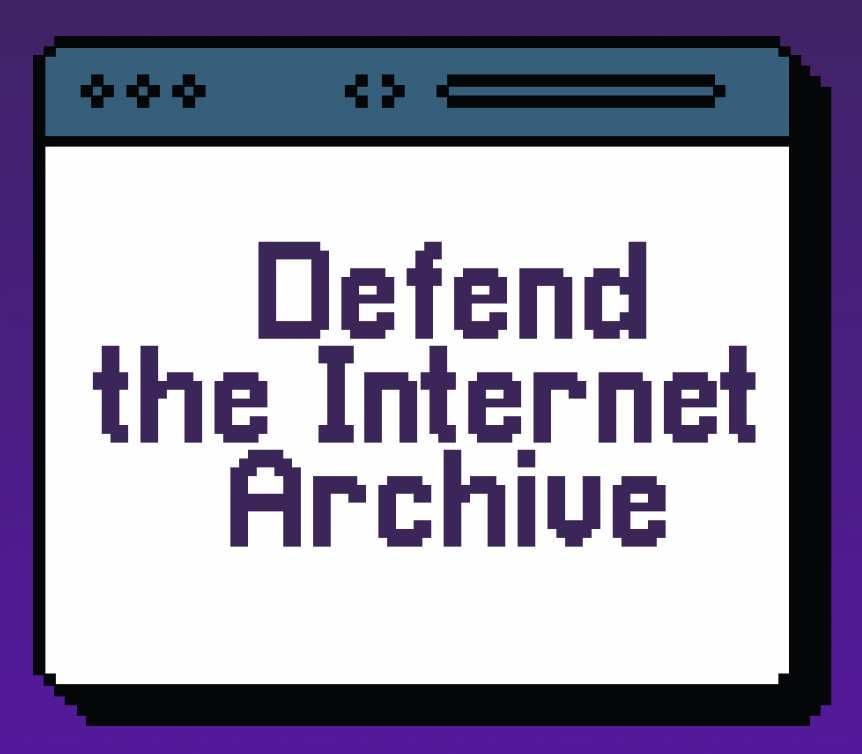I just installed Ubuntu 22.04.3 LTS (Cinnamon) on an empty laptop a couple days ago and have been experimenting a lot. I’m coming from being a Windows user since I was just a little kid playing old DOS games on my grandpa’s Win-98 PC back in around 2000. My daily driver is currently running Windows 10 but I am pretty adamant on not going with Win-11. I’ve been wanting to experiment with Linux for a while and Cinnamon so far seems like a lot of fun to navigate. Terminal is amazing. The fact that you can custom-write keyboard commands that can be hand-tailored to individual programs on your computer via the OS… that’s powerful.
I have not tried running WINE yet but I plan on doing so soon. I also have not done much of anything, honestly, except for learning how to search for programs with gnome-software --search=. I have also used sudo a couple times to download software here and there, but I know I am not tackling this in as systematic of a way as I ought to be to really figure this machine out.
What are some really important basic commands I can use to start branching out into Terminal command structures and learning more about how I can edit and customize my computer? And if Cinnamon has shortfalls or weaknesses that I may run into eventually, what are some good alternative distros that I could leapfrog to eventually? I do not have any coding experience (currently), but I do consider myself a semi-power-user on Windows, having messed with CMD many times and digging through all the damn menus to access drivers and alter ports.
Do NOT add too many third party repos, they’re a pain in the ass to remove later.
Try distrobox.
regarding WINE, there’s tools like Bottles that make managing WINE easier. Steam in general configures WINE for you which meant in my experience you never need to mess with WINE directly, which is nice.
The Linux community is indeed remarkable, but the multitude of available distributions can sometimes give an impression of fragmentation. When you discover the distribution that best fits your needs, it’s important to remember not to take it personally. Avoid developing a bias towards your chosen distribution as it could potentially lead to unnecessary conflicts with others who prefer different distributions within the community.
My main recommendation is this - The more techsavvy you are, the harder a switch to Linux will be, because you know how to do some complex things on Windows, and now you’ll have to relearn it on Linux.
Take your time, Google lots, and just know the ceiling on Linux is much higher for power users, so getting over the initial hump will reward you greatly
My advice is to search the Internet for some good resources on how to learn the Bash programming language, or else the “POSIX shell” (which is very slightly different from Bash). This is the command line language used by most Linux distros by default. POSIX shell is a complete programming language with built-in data structures, control flow like conditionals (
ifstatements) and loop syntax such asforandwhile, and function composition by way of shell pipes. Combine these with tools likefindandgrepand you can accomplish quite a lot with just a single line of code.Also, I highly recommend you practice using Vi or Vim as a text editor until you get somewhat fluent. It isn’t strictly required, but I recommend it simply because most people who use Linux as their daily driver also use these tools, and it helps a lot when communicating with other people in the Linux community, especially when it comes to solving problems. You want some fluency in using apps that the majority of people in your community are using. Also it is a good place to practice writing shell scripts.
Also not required, but learn a bit about Emacs as well. Learn how to use Dired (an Emacs app for working with
lsoutput interactively), learn how to open an edit a file from Dired, learn how to runfindandgrepfrom within Emacs. Learn how to run shell commands in Emacs and capture their log output. Also learn a bit about how to use Org-mode. (Shameless plug: I have my own series of blog posts on how to do these things.) This handful of basic skills will get you a very, very long way.I can’t comment much on customizing Cinnamon, but Cinnamon uses the Gtk toolkit, and so you can use any of the good Gtk themes out there to customize Cinnamon. Check out the UnixPorn community for more in-depth advice on that topic.
KDE is your friend in the trenches, Kubuntu > Ubuntu 100%
Regardless of whatever distro, definitely keep all your stuff backed up on an external drive. I had to “restart” my install a few times to get the hang of things. Yet I still keep all my info on an Vegacrypt encrypted external just in case to this day.
I do not know what sort of power management software exists by default on Ubuntu, but for laptop use I would strongly recommend getting a power management package like TLP to configure power profile settings for your laptop when on battery and on charge. It can greatly improve battery performance. Some alternatives like auto-cpufreq and powertop exist, but I have tried all 3 and found that TLP worked the best for me.
Be patient. Anytime you have to delete any system files just rename it with bak suffix. Have fun
I think the two “major tips” that I can give you are simply
1- Package manager is your best friend.
2- Figure out the “know-hows” of Linux (i.e who “is responsible” for the video card, who deals with the cpu, how do i configure my sound card, how do i configure my video card, etc.).
Master those two tips and you can call yourself an average linux user.
My tip would be to try a few distros before you settle on one. Ubuntu was it for me about seven years ago, but I used mint for a few years and am using MX with xfce now.
Also,
sudo !!is pretty useful when you forget tosudothe previous command. It means “super user do the last command I just boneheadedly forgot to do that to”Not very practical, but good for understanding the OS: Everything is a file. Even your filesystem and harddrive is represented by a file (devicenode).
Back in the day, before things such as pulseaudio and equivalents became the norm, there was also such a file (it might still exist, idk) for your soundcard. By shoving the contents of a wav file directly into /dev/dsp, you could hear it as if it was played normally.
Unrelates to the above, in a terminal context it’s very handy to learn the concepts of STDIN, STDOUT, and STDERR, and how to manipulate these. I won’t go into it here, but whenever you see a bunch of commands strung together with redirects, < > | >>, that’s usually for sending the output (STDOUT) of one command somewhere else, such as to the input STDIN to another command.
If you’re typing out a long file path in the terminal you don’t have to type the whole thing out, you can just press tab and it’ll autocomplete for you.
So for example, if your file is called 1234567890.jpg you can just type 123 and hit tab and it’ll fill in the rest. And if there’s more than one file that begins with 123 it’ll list them. Works for folder names too.
Rather than Ubuntu Cinnamon, you’d be better off with Linux Mint.
My big tip is if you haven’t already, switch to a local package repository. There are a lot of people mirroring the software packages for mint and you can switch to one that is geographically the closest to you for better speed and to spread out the server load.
I love Linux Mint and it’s what I install on all my decom-laptops turned servers. It will do pretty much all you want to do in Windows and then some. The only thing it probably isn’t the absolute best for is PC gaming but if you are just using a laptop it probably doesn’t make much of a difference either way.
If you like Mint then I also suggest PopOS. They are both based on Ubuntu so a lot of the paths and the package manager are the same. The killer feature there is auto-tiling Windows which is like the window snap feature in windows but happens automatically. It’s not for everyone but once I started using it, it changed my entire workflow.
Last thing is, if you haven’t already, familiarize yourself with running docker containers. A lot of stuff that’s complicated to set up is a breeze with docker and docker-compose.
Always have a backup and don’t be afraid to break it.
Just to add a bit of clarity, do be afraid of breaking your backups.
Good point.






